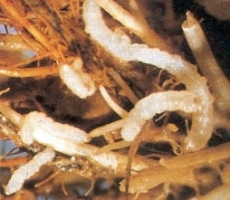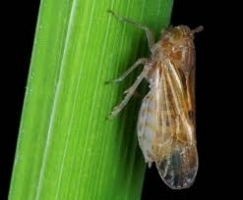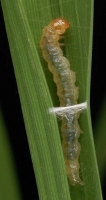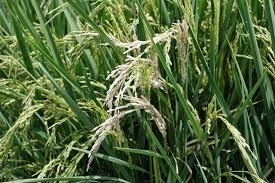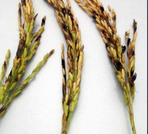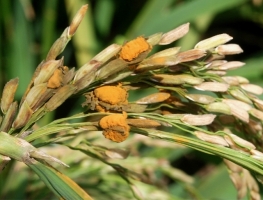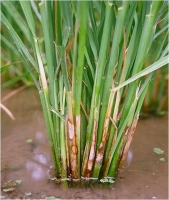Time of sowing :
Sowing of Pant Dhan 4, Pant Dhan 18, Pant Dhan 19, Narendra 359, Sarju 52, Pusa 44 etc should be done in end-May to start-June. Medium maturing varieties such as IR 24, IR 64, Ratna, Pant Dhan 10, Pant Dhan 11, Pant Dhan 12 are sown in mid-June. The varieties such as Saket 4, Pusa 2-21, Govind, Ananda are sown in July month. The sowing time of Basmati varieties are in mid-June month.
Sowing depth :
The seedlings should be transplanted at 2 to 3 cm depth. Shallow planting gives better yields.
Spacing:
In fertile soil, use spacing of 20cmx15cm where in poor soils conditions use planting distance of 15cmx10cm. For water logging areas use spacing of 20x20cm.
Method of sowing:
Transplanting method is used. For transplanting, use 25-30days old seedlings.
In Irrigated and shallow rainfed areas, transplanting method is used. For transplanting, use 25-30days old seedlings
In water logging areas use 30-35days old seedlings for transplanting.
For upland rice, seeds are broadcasted on dry or moist soils.










